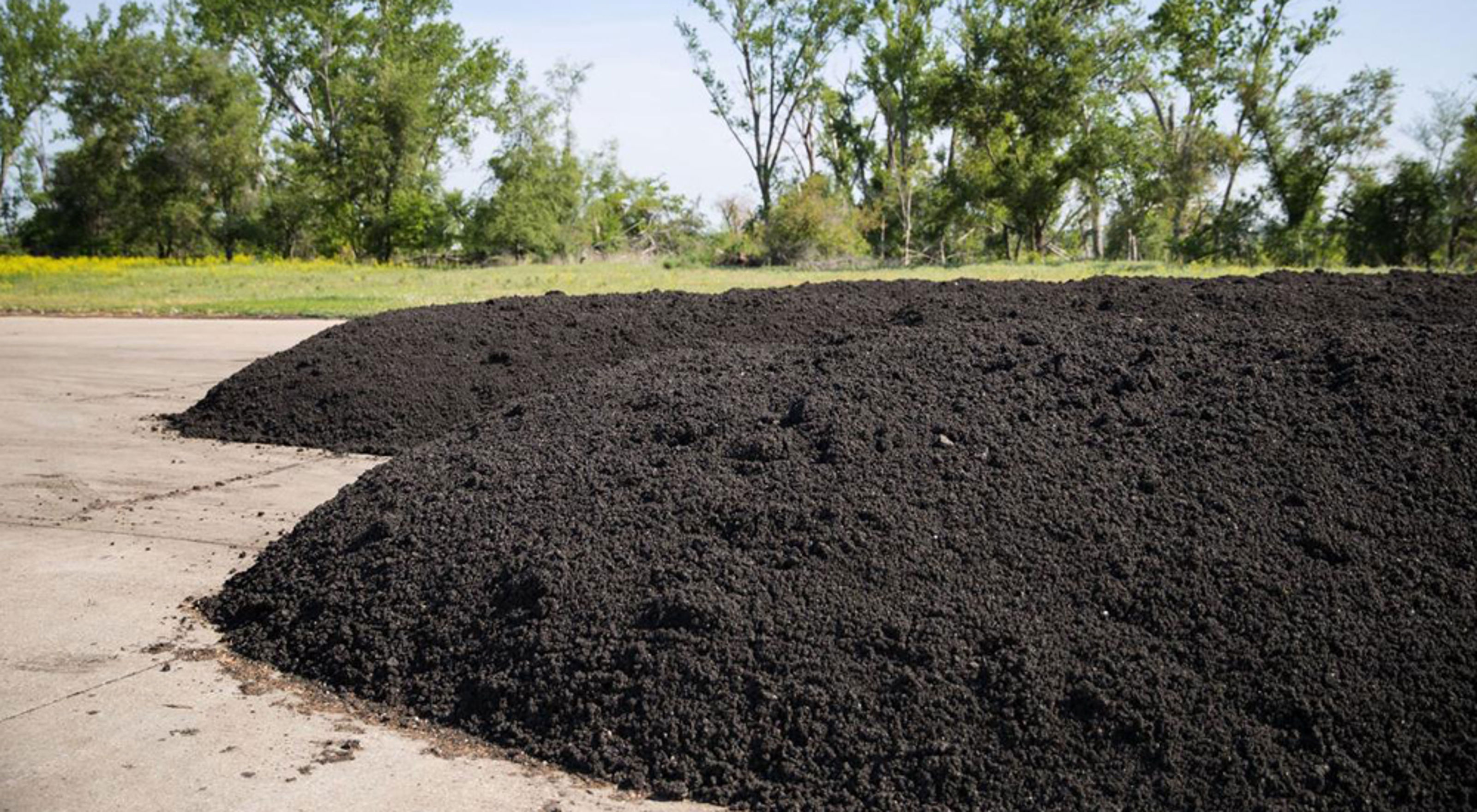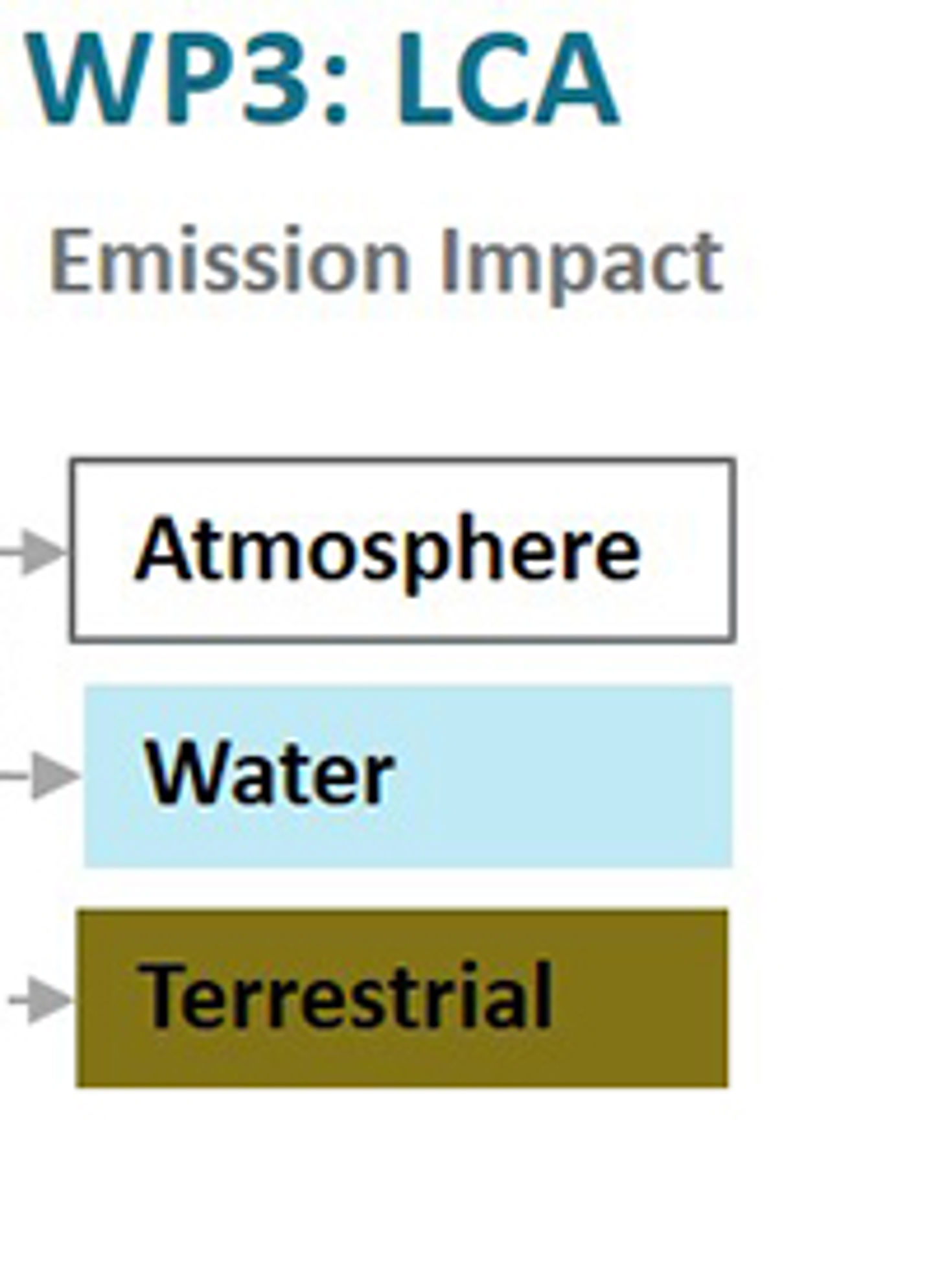- NGI /
- Projects /
- SLUDGEFFECT /
- WP3
WP3 - LCA of carbonization methods
The objective is to establish a consistent framework for advanced environmental sustainability analysis of carbonization methods for removing hazardous substances using up-to-date life-cycle assessment approaches interpreted under a SDG context.

This WP is led by Prof. Francesco Cherubini (NTNU) and Prof. Gregory Peters (Chalmers).
WP3 will test the following hypothesis: Introducing carbonization methods into the handling of sewage sludge and plastic waste will help contribute to the realization of several SDGs (The United Nations Sustainable Development Goal).

Task 3.1 - A life-cycle assessment approach
A life-cycle assessment approach (Ref. 16) is undertaken by explicitly mapping emissions and use of resources from different thermal treatments for removing hazardous substances considered in WPs 1 and 2. We will explore different applications for the contaminant treatment outputs, including energy recovery and market substitution options in Norway and use of byproducts (e.g. nutrient recycling, use of biochar into agricultural soils, coal substitution).
The objective is to establish a consistent framework for assessing case-specific inventory data that map all the associated direct and indirect emissions to air, soil, and water bodies.
Task 3.2 - Inventory models
We will produce inventory models by collecting primary data of the cases under study as research outcomes from the other WPs will become available, complemented with scientific literature through meta-analysis when necessary. These will include emission factors, characteristics of waste streams and potential by-products applications, energy and material balances, information on mass and energy co-products and the role of the different outputs. We will consider the mass flows of sludge and e-waste identified WP1, complemented, when necessary, with literature (Ref. 17).
The entire value chain will be then linked to the background economy database (Ref. 18) to monitor indirect effects and possible market-mediate emissions outside system boundaries. Impacts on key areas of environmental concern will be complementarily addressed using an integrated framework made of a set of indicators derived from updated life-cycle impact assessment models based on specific stressors-response mechanisms (e.g. USEtox and updated approaches from UNEP-SETAC flagship projects will be followed).
Bioavailability of metals will be considered in life cycle impact assessment. Climate impacts will be consistently modeled considering characterization factors from the most recent IPCC report. In addition, recent developments in the application of LCA to the assessment of human health risk (e.g. Ref. 19) and water use (Ref. 20-22) will be also applied.
Task 3.3 - SDG analysis and case studies
The integrated framework will be firstly tested and validated on relevant case studies. We will perform an integrated environmental impact analysis of a coherent set of scenarios considering a combination of waste streams and carbonization methods identified in WP1-2.
The environmental analysis will also rely on a structural path analysis to identify hotspot stages with increased environmental pressure, and achievable benefits from deployment of options to improve these pressures, including technology options, contaminants emission minimization and energy recovery measures will be explored in a scenario analysis. Uncertainty analysis on the key modeling data will be performed using Monte Carlo Analysis. Results will be interpreted with regards to their relative contribution towards achieving the UN SDGs (Ref. 23). This will be undertaken by identifying indicators from impact assessment models.
The approach will depart from the original definitions of the official United Nations SDGs, targets and indicators, and link the environmentally orientated SDGs to a specific set of complementary metrics derived from several updated impact assessment models. Contributions towards each SDG will be addressed using a set of indicators that cover multiple environmental aspects related to the given goal, under the guidelines provided by the United Nations.
Approaches will be explored to produce aggregated and normalized scores for each SDG. These approaches will allow improving the removal of hazardous substances in sludge and plastic waste streams taking into account LCA and SDG considerations.
